

“Let it be still, and it will gradually become clear.”
To the best of my knowledge, Lao Tzu wasn’t a mycologist, but his famous text — the Tao Te Ching — could be considered a treatise on how to find morel mushrooms.
Reading the quote above, we are reminded that our desperation to find morels can complicate our search. A desperate mind, after all, is a muddied mind. A calm mind, on the other hand, is a clarified mind that can see what’s directly in front of it (in this case, a morel mushroom).
Here’s another quote from chapter 55: “The master never expects results; thus the master is never disappointed.”
Disappointment afflicts many foragers who struggle to find morels. Such disappointment can lead to sadness, anger, and frustration. It’s better to appreciate the sunshine, fresh air, and singing birds than to feel like the morel gods have cursed us.
Lao Tzu was a wise man. His words were very powerful. My words will never be as eloquent as his, but I still feel obligated to share some of my own advice on finding morel mushrooms.
What skills must we develop? Where do we look? How do we deal with FOMO (the fear of missing out)?
In a brand new video, I summarize my thoughts. You can watch the video here.

And in case you missed the announcement, I’m releasing a new online course in May. Exploring Wild Ecosystems is designed to improve your knowledge of ecology by introducing you to fascinating ecosystems — including alvars, barrens, bogs, dunes, fens, glades, savannas, vernal pools, and others!
To receive updates, please consider joining the notification list.
Thanks for reading and watching, and thanks for your continued support!
— Adam Haritan











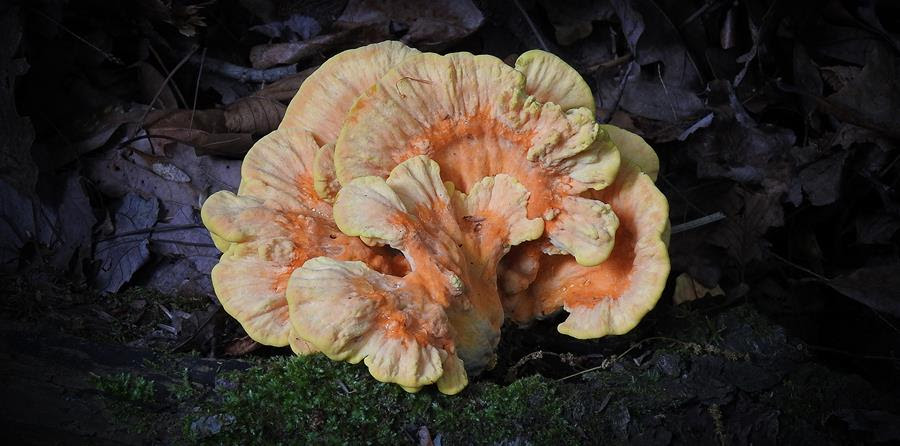


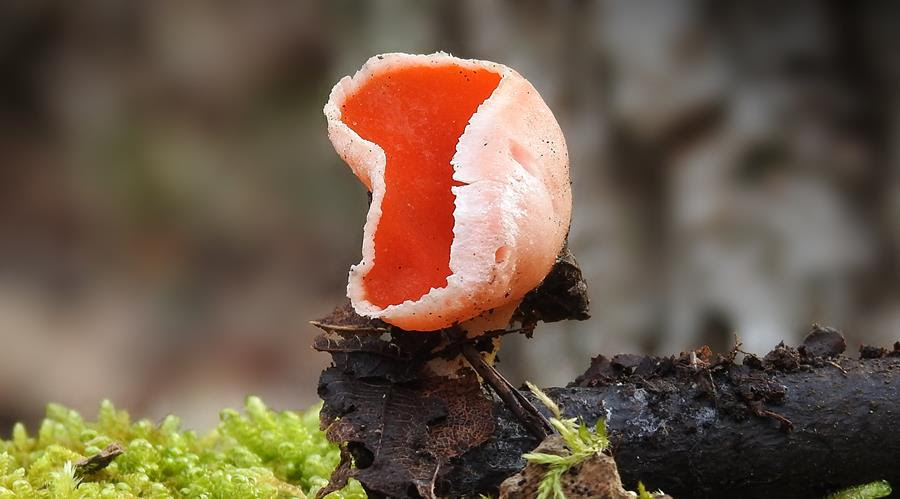

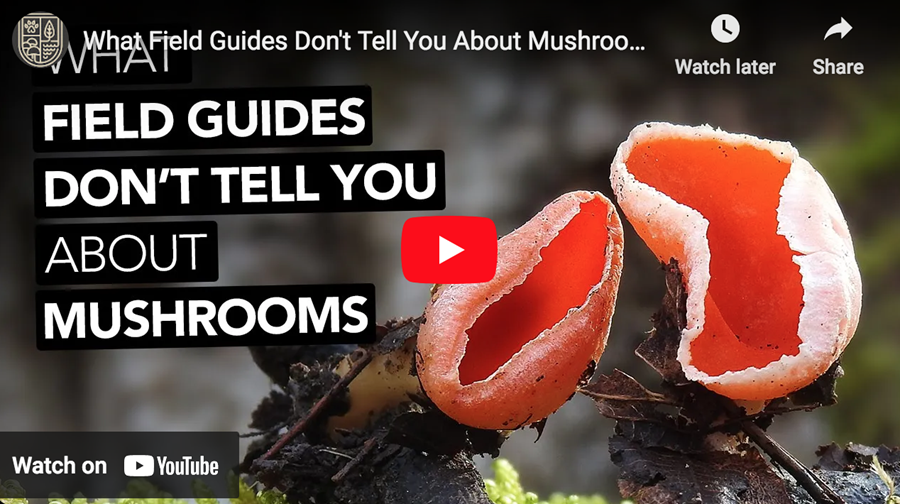
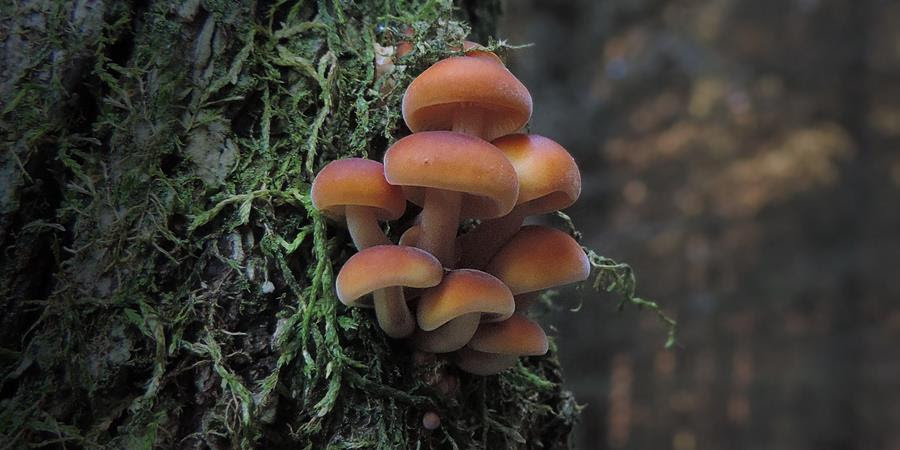

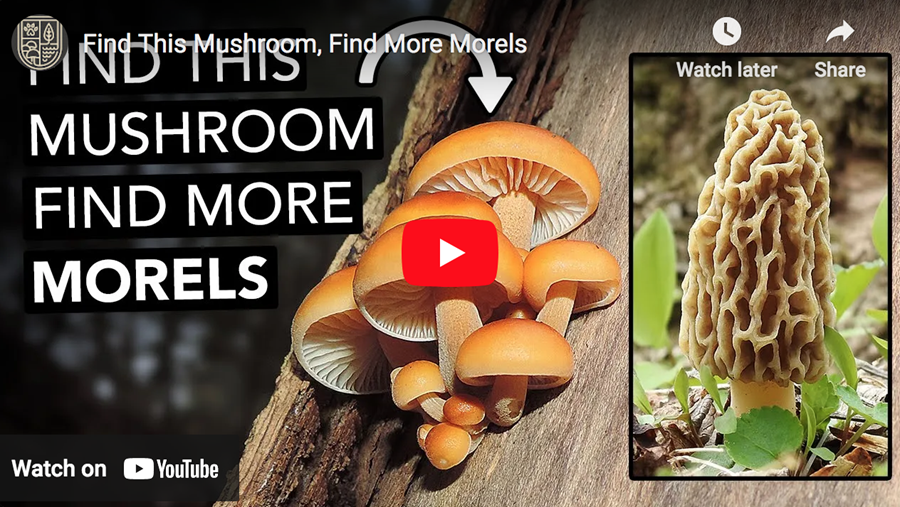
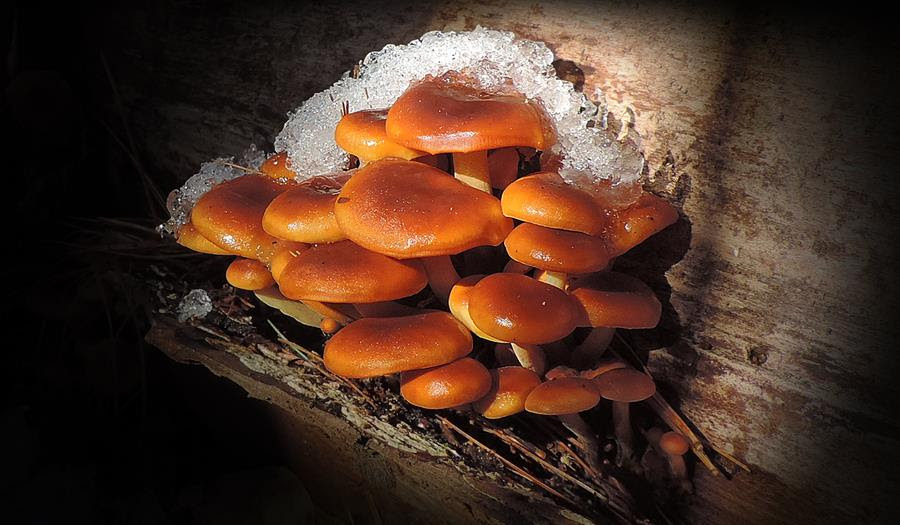

You must be logged in to post a comment.